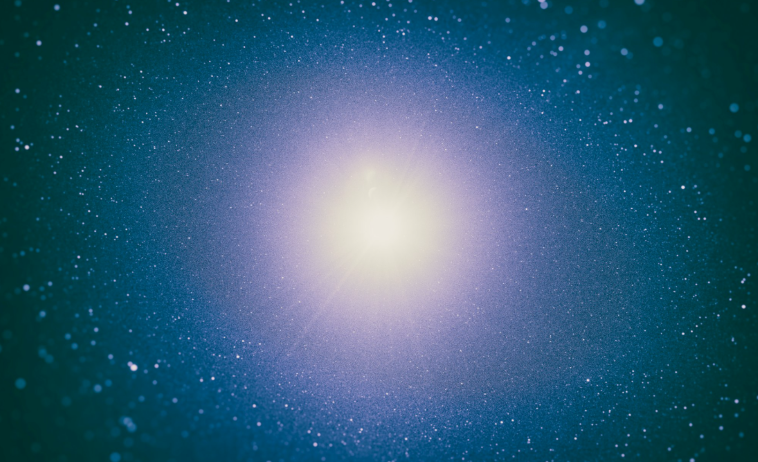Let’s do the math: how many photons have been created in space to date?

Several hundred million years have passed, maybe only 200 million since the creation of the universe when the first stars were created.
Since then, from the first ray of the first star until today, the universe has continuously produced light.
The basic particle of light is a photon.
“Photons come out of nowhere, they cannot be stored, they can barely be pinned down in time, and they have no home in space whatsoever. That is, light occupies no volume and has no mass. The similarity between a thought and a photon is very deep. Both are born in a region beyond space and time where nature controls all processes in that void which is full of creative intelligence. “- Deepak Chopra
After this thought-provoking quote, here is an interesting question to think about:
How many photons have been produced from the first stellar ray 13 billion years ago to today?

It was this almost impossible question that South Carolina scientists answered after measuring all the starlight that has ever been produced in the visible part of space throughout history. This truly does appear like a hopeless endeavor.
Of course, the job was not easy. It was necessary to measure the total extragalactic background light (extragalactic background light – EBL).
According to Wikipedia, EBL is all the accumulated radiation in space due to the star formation process, plus the contribution of active galactic nuclei.
But the problem is that the extragalactic background radiation is much darker and more obscure than stars and other objects in the Milky Way.
Taking this into account, we come to the logical conclusion that you cannot observe distant and dark galaxies if they are overshadowed by some bright stars in our galaxy.
However, scientists have now succeeded in measuring what they cannot see using an indirect method and have thus calculated that the total number of photons created from the beginning, i.e. from the formation of the first stars.
The final calculation states the result: 4 × 1084.
Perhaps we can visualize the size of that number a little better if we write it in numbers only:
4,000,000,000,000,000,000,000,000,000,000,000,000,000,000,000,000,000,000,000,000,000,000,000,000,000,000,000,000.
So, according to this information, we now know that the impossible has been overcome. But how did the team manage to beat the odds and thus solve the problem of radiation blocking the light of our galaxy?

Using NASA’s Fermi Gamma-ray Space Telescope, the team measured the radiation from blazars (a type of active galaxy) at different distances from us over different periods of time. So, they measured the total emitted light back to the formation of the first stars.
In this way, the team was able to reconstruct the EBL and determine the history of star formation in the universe.
Here is some additional information to help us understand this a bit better.
- The above-mentioned blazars emit jets of energetic particles, including gamma rays. Gamma rays pass through the EBL, which consists of visible and ultraviolet light.
Now, when gamma rays collide with visible light, then there is an interaction that astronomers can detect and thus estimate how much light there was in all wavelengths, that is, how much light was created “behind the curtain” of the milky way.
We hope you’ve managed to learn something new and cool with us today!

